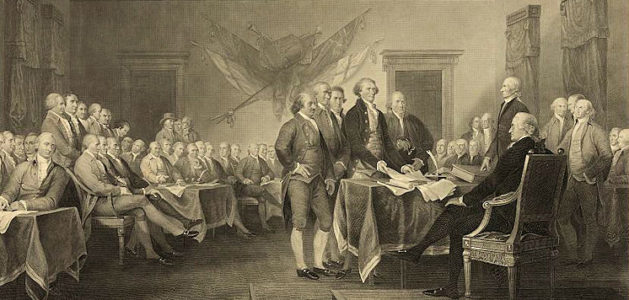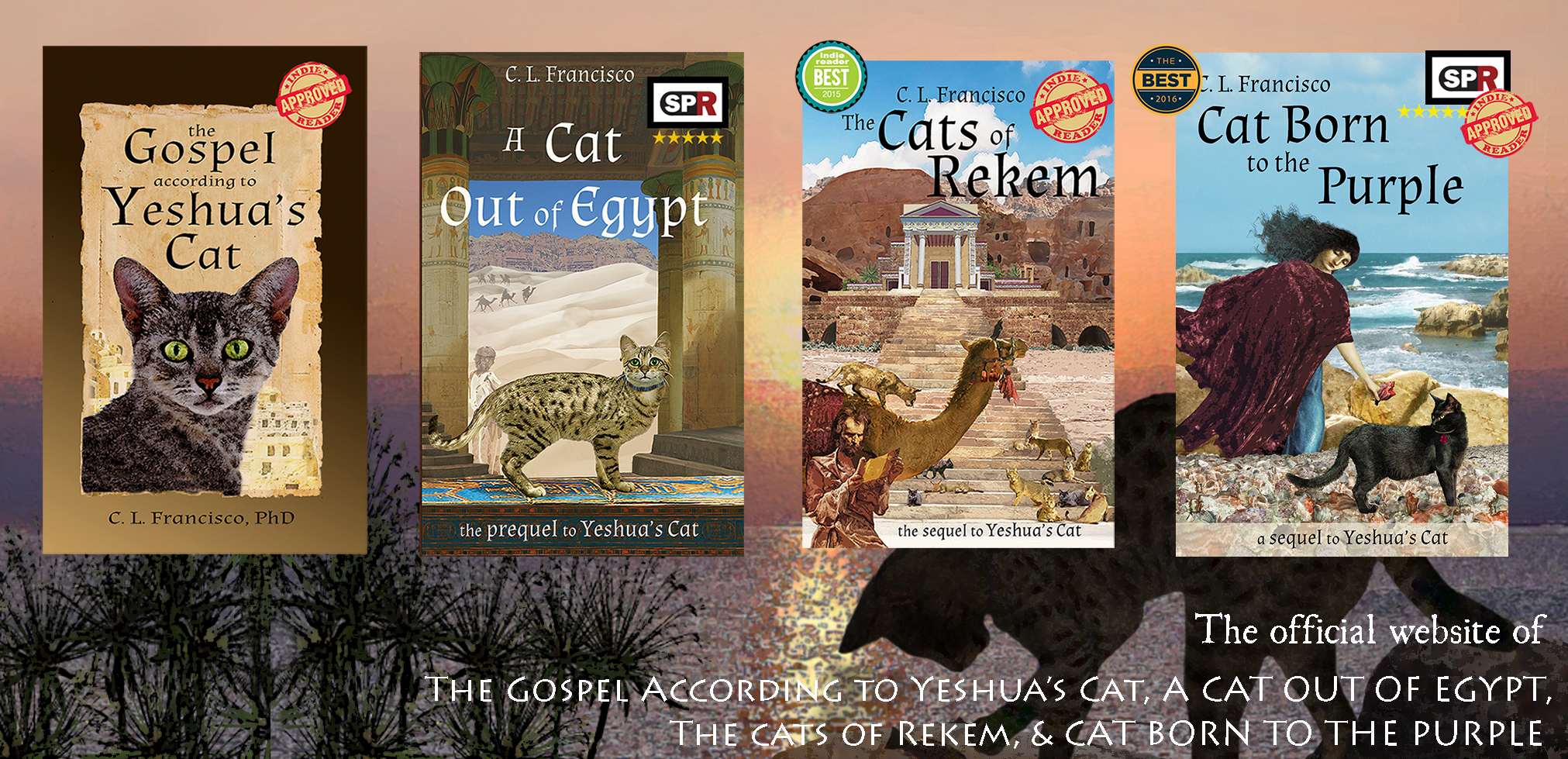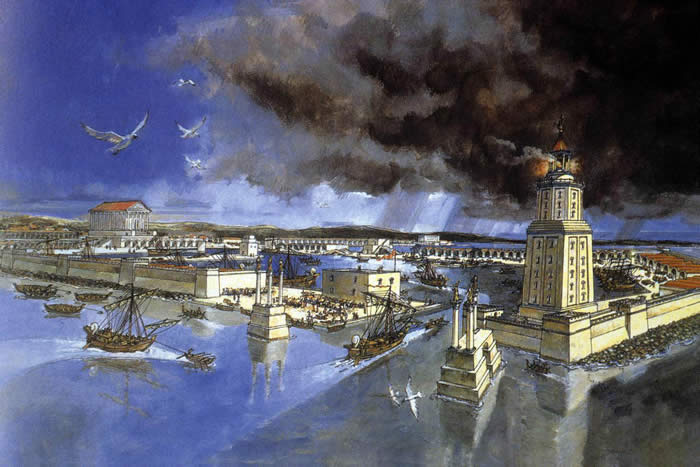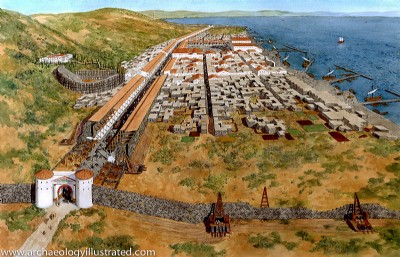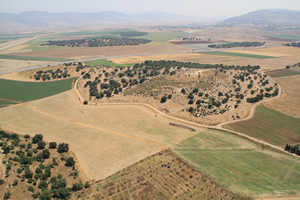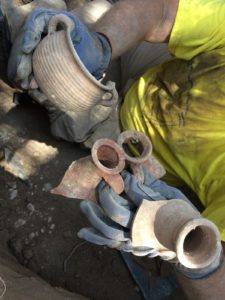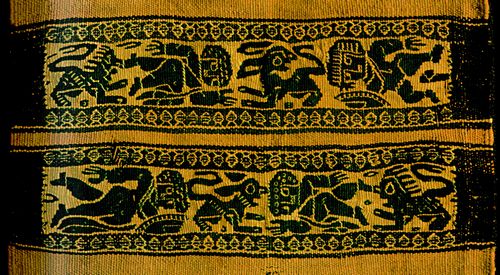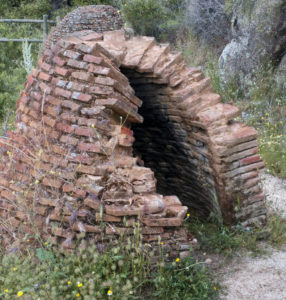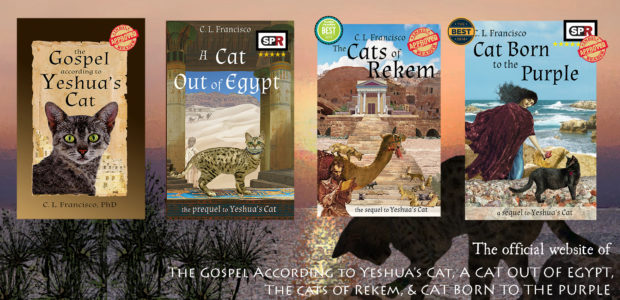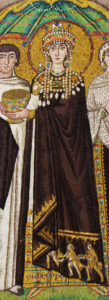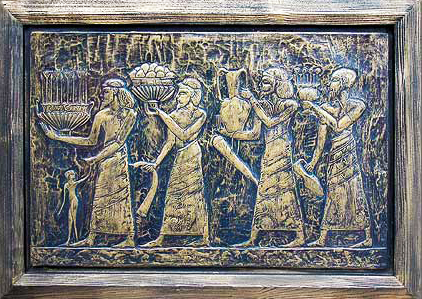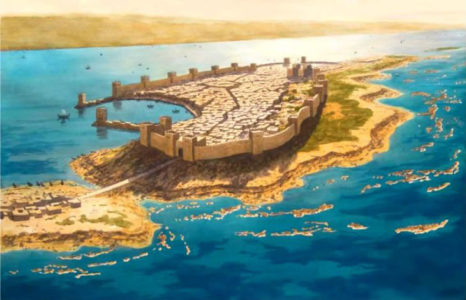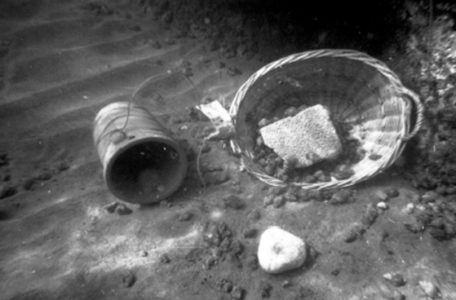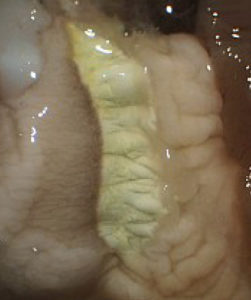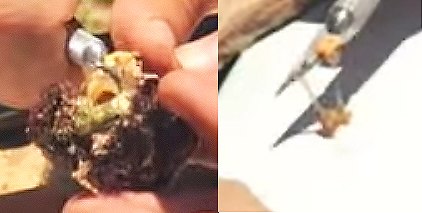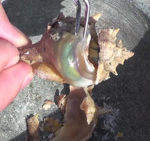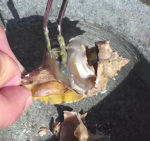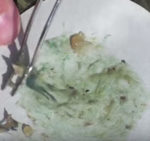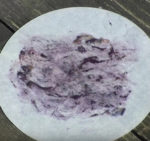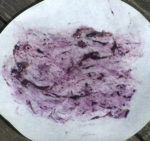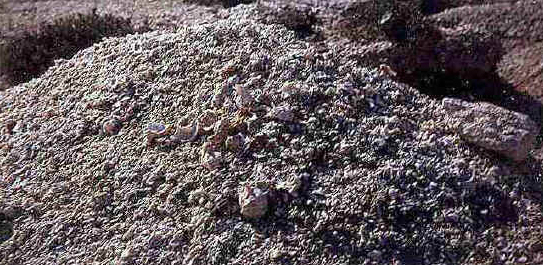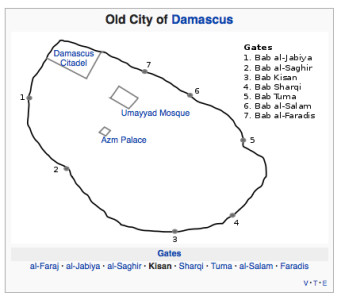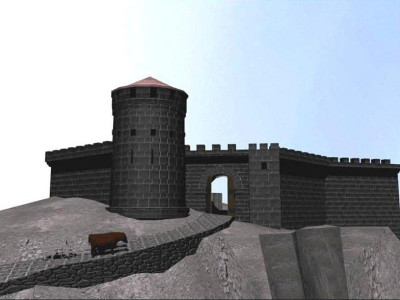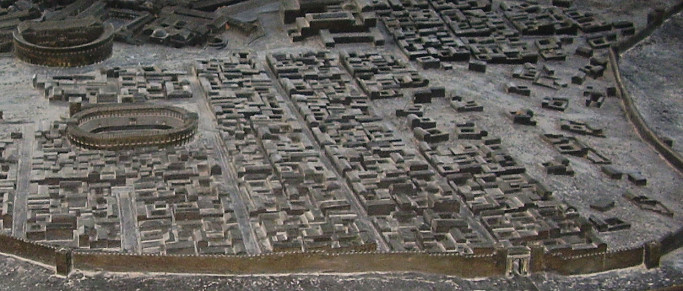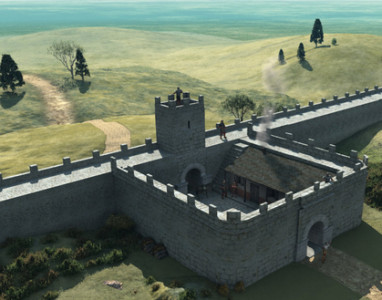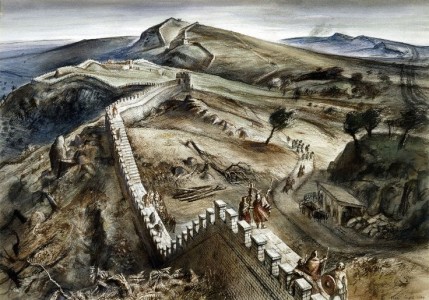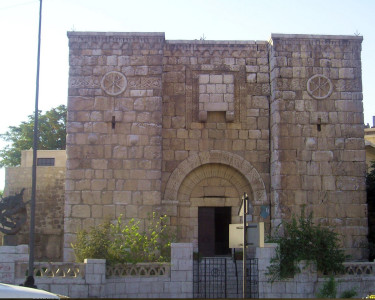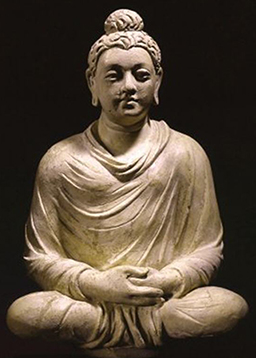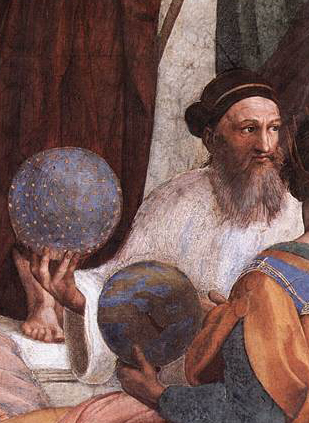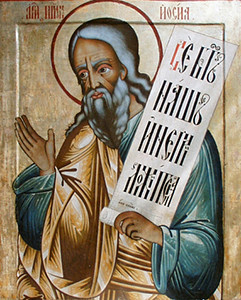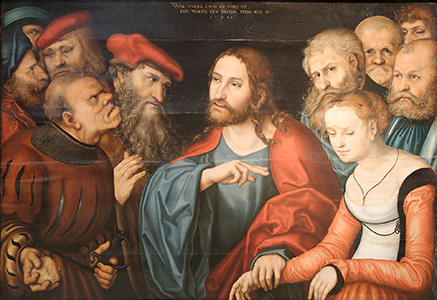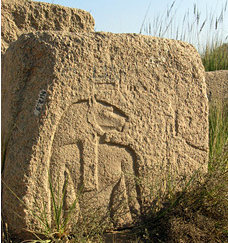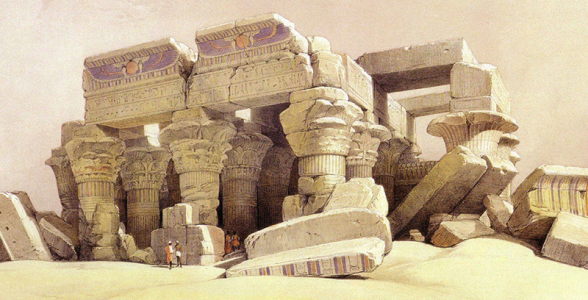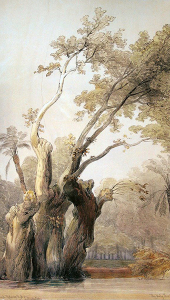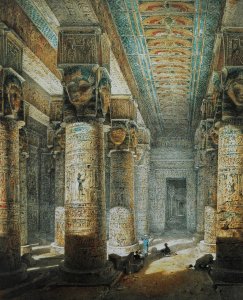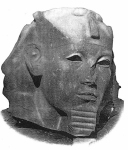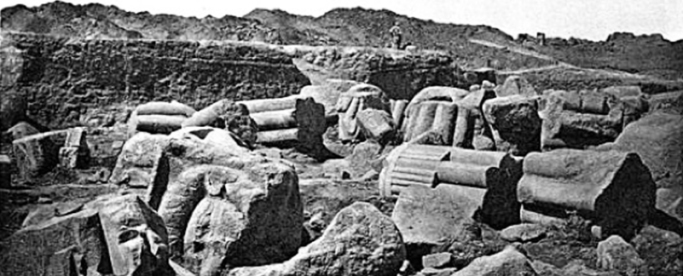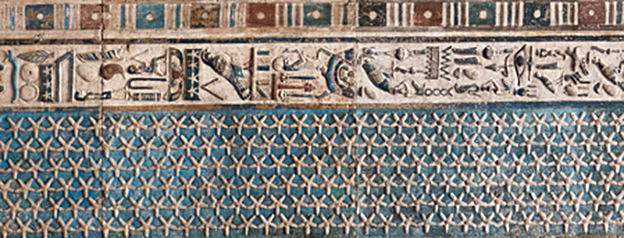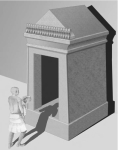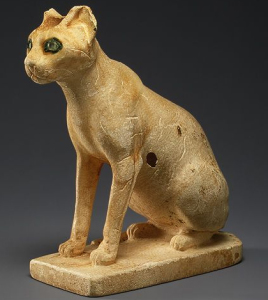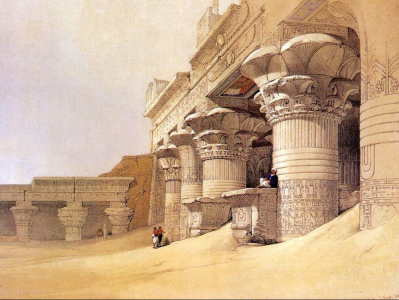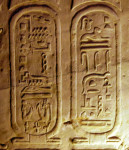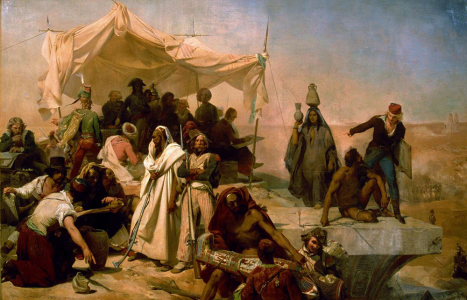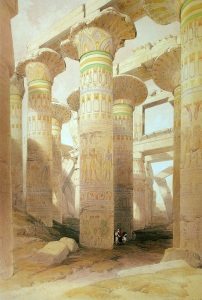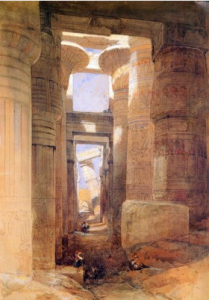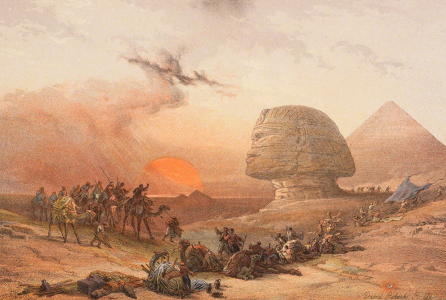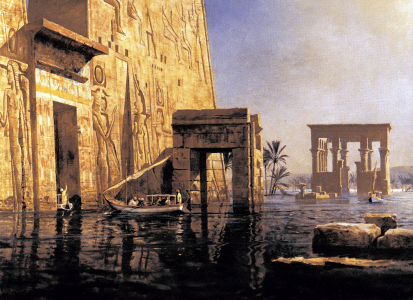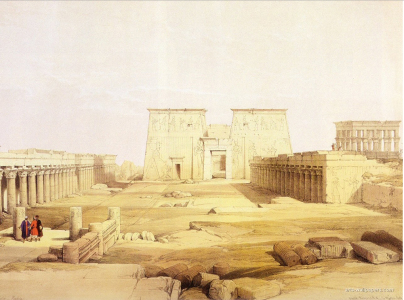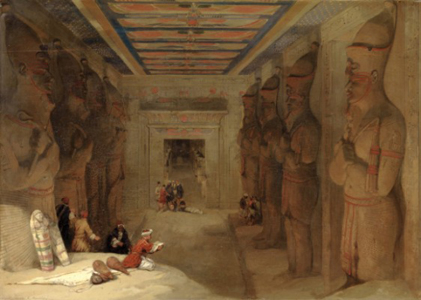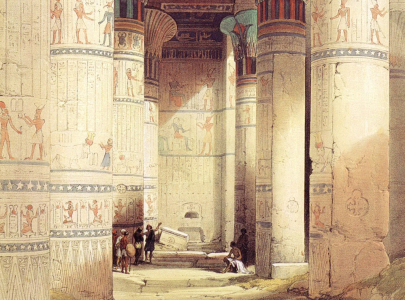
Bringing C. L. Francisco and Blair Yeatts Together
 I imagine two women walking a little apart in an autumn wood where filtered sunlight hangs in the air like rainbows cast by stained glass windows. They might be sisters, although separated by many years: one has dark hair with ruddy highlights, while the elder’s hair shines silver in the shifting light. Both are tall, with the easy gait of serious walkers, loose denim skirts swirling around their legs as they stroll. Each gazes at the wood intently, reaching out to touch the trees . . . a beech here, an oak there . . . eyes shining with pleasure. The same surety of a benevolent Creator’s love undergirds both, rising up through the fallen leaves like an unfailing spring. But there they part ways.
I imagine two women walking a little apart in an autumn wood where filtered sunlight hangs in the air like rainbows cast by stained glass windows. They might be sisters, although separated by many years: one has dark hair with ruddy highlights, while the elder’s hair shines silver in the shifting light. Both are tall, with the easy gait of serious walkers, loose denim skirts swirling around their legs as they stroll. Each gazes at the wood intently, reaching out to touch the trees . . . a beech here, an oak there . . . eyes shining with pleasure. The same surety of a benevolent Creator’s love undergirds both, rising up through the fallen leaves like an unfailing spring. But there they part ways.
The younger woman knows herself wounded and angry, torn from her roots, unable and unwilling to return to them. Life for her is a trackless horizon, where she must make her own way among a maze of confusing choices,
. . . a life rent by the emptiness of years alone, of stubborn search and dead-end roads, a renegade among the certain, a voiceless stranger in the garrulous crowds.

The older woman has made her peace with that old pain, accepted the paradoxes, and learned compassion for herself and the ghosts of her past. Her eyes dwell on the infinity of light surrounding her. She falls back into shadow only rarely, and when she does, she knows the light holds her still.
Yeshua’s Cats speak with the voice of the older woman. The Miranda Lamden Mysteries live in the younger woman’s world, overlaid with the hindsight of the elder. But they are both the creation of a single heart. I hope this post may help you bring them together. I’ll also say that, with the exception of a few creative details necessary to establishing a pen name, all Blair Yeatts’ memories and thoughts shared in posted interviews are C. L. Francisco’s own, although offered from the perspective of that younger self.
![]()
Blair Yeatts’ This Madness of the Heart was my first book, apart from a mammoth PhD dissertation and an unpublished memoir. I finished the original draft almost 20 years ago, as a way of venting my hurt and anger at the dirty tricks and character assassinations in the fundamentalist takeover of a conservative protestant denomination. As often happens in revolutions, a zealous minority overwhelmed a more moderate and less vocal majority, and then ruthlessly silenced those who disagreed with them. This previously loose-knit denomination had a cherished history of settling doctrinal disagreements locally: churches had simply split, becoming the 1st, 2nd, etc., churches in a given town. Dissent was in their blood, like the freedom of the individual believer. But this ultra-conservative minority targeted the whole assembly of churches in an iron-fisted power grab.
Once the coup was accomplished, dissidents had two choices: either bow to the doctrines of the new power elite, or leave the church. The denomination of my youth was swept away in a furor of self-righteous certainty. Pastors, professors, and church leaders were driven out. Hearts and lives were broken. Doctrine was narrowed, warped, and set in stone. Callings scorned and contracts withdrawn, women clergy left to find ways to minister among people with a wider view of God’s mercy. A few powerful men now controlled the hearts and minds of the denomination’s mostly oblivious members. There was nothing I could do . . . so I wrote a book.

Unfortunately, trying to read Madness’ original draft felt much like Harry Potter opening the screaming book in the Hogwarts’ library: the anger I’d poured into it flamed from its pages. I realized this at the time, and set it aside—for almost twenty years—until I could return and treat it as a mere story. Then I wrote most of the anger out, leaving a fast-paced tale about a slimy charlatan with an honorary divinity degree in a haunted hollow in Appalachia. The story is admittedly over the top . . . vengeful ghosts don’t play feature roles in most grifters’ lives. But where evil thrives, its deadliest mass tends to hide beneath the surface . . . often masquerading as holiness.
I found myself alienated from the Christian faith during two periods in my life: first for the decade spanning college and my early twenties; second, beginning with the fundamentalist takeover and stretching across another 10-15 years. I still find myself at odds with much of the organized Church. I wrote The Gospel According to Yeshua’s Cat as an expression of my own faith in a Jesus of Nazareth who speaks with love and compassion, untouched by the legalism he challenged. A cat’s voice seemed appropriate for the task. The first book has now multiplied into four, with a fifth on the way.

The Miranda Lamden Mysteries have roots in those secular years, as well as in my lifelong love of mysteries, starting with Nancy Drew and most recently Charles Todd. They are not Christian mysteries. Neither are they “cozies” (emerging from a cozy mystery feels to me like struggling out of wad of cotton batting back into the realities of life). Ugly or not, if a thing is part of human experience, it’s fit to write, and read, about. Violence is part of life, and so are pain and tragedy; they belong in novels, and you will find moderate amounts in mine. But I also write about what I call “spirit” or “faith” or “redemption”—pick whichever word you like: without it the unremitting darkness of despair grinds human beings into something subhuman.
I write mysteries I’d like to read: novels of danger and intrigue, with depths of love and pain, where characters wrestle with despair and disaster, and fight their way through to the light. They surmount capricious hazards without toxic overloads of violence or sex. Spirituality and questions of meaning drive both cast and plot. I don’t strive for great literature, but for a read an intelligent mystery-lover would welcome at the end of a long day—and have difficulty putting down. I don’t guarantee happy endings, but I never end a book with despair and shattering loss of meaning . . . endings may be bittersweet, but they’re always suffused with hope.

If you’re a Blair Yeatts reader, would you like Yeshua’s Cats? If you’re a Yeshua’s Cats reader, would you like the Miranda Lamden Mysteries? Here’s my take.
Yeshua’s Cats are intended for a Christian audience, although reviewers have repeatedly assured readers that their appeal is much broader. The two most recent books, The Cats of Rekem, and Cat Born to the Purple, have both been chosen for Indie Reader’s “Best of” new book list for 2015 and 2016 respectively. But if you’re a devout atheist, or not at all spiritually inclined, I suspect you wouldn’t like them. If you’re a cat-lover you might leap all other boundaries and enjoy them anyway.
The Miranda Lamden Mysteries are full of spiritual matters of one sort and another, since Miranda is a professor of religion and an expert on paranormal phenomena . . . they’re for spiritually curious readers. But if you’re a conservative Christian who thinks preachers can do no wrong, you won’t like the first book. If you believe that you’re in possession of the only truth, and don’t care to consider anyone else’s perspective, you won’t like any of the books in the series. Like Miranda, I’ve spent much of my life in institutions of higher learning, and I’ve seen too many people convinced of the unassailable rightness of their own opinions, mistaking the echoes of their own thoughts for the voice of God. That way lies the Inquisition.

So why did I reverse direction and decide to claim these mysteries as my own? I think the presidential election made my choice for me: the tragedy of my denomination is now replaying on the national stage, and my mysteries have become appallingly relevant. In Miranda’s words, from This Madness of the Heart:
How had we stood by and let such a man amass so much power? Why were the good people of the town not fleeing the contamination of his spirit? How could they not sense the heart of hate beneath his harangues? Any amount of violence might erupt from the bloodlust JJ was whipping up among God’s elect. Religion! Why did the search for ultimate love so often end in hate?
“What does the Lord require of you, but to do justice, and to love kindness, and to walk humbly with your God?” (Micah 6:8)
I realize that choosing a side in a divisive political—and religious—controversy may alienate me from some of my readers. I hope not. But for me this has become a matter of conscience, and keeping faith with myself . . . as well as with my faith.
Freedom of conscience has always been our privilege in America, but it didn’t come free: it was bought with the lives of people desperate for liberty, and its defense lies in our hands today. I pray we will have the strength and integrity to preserve the freedom our founders entrusted to us.
